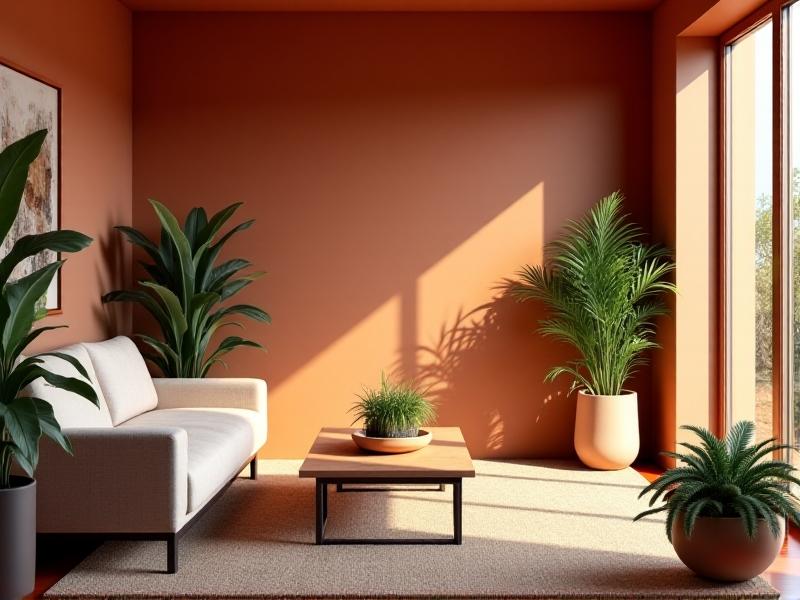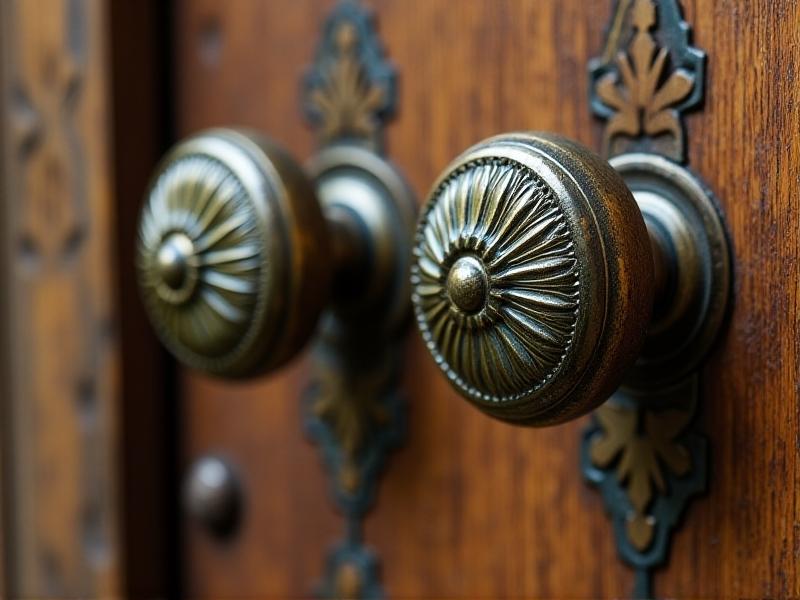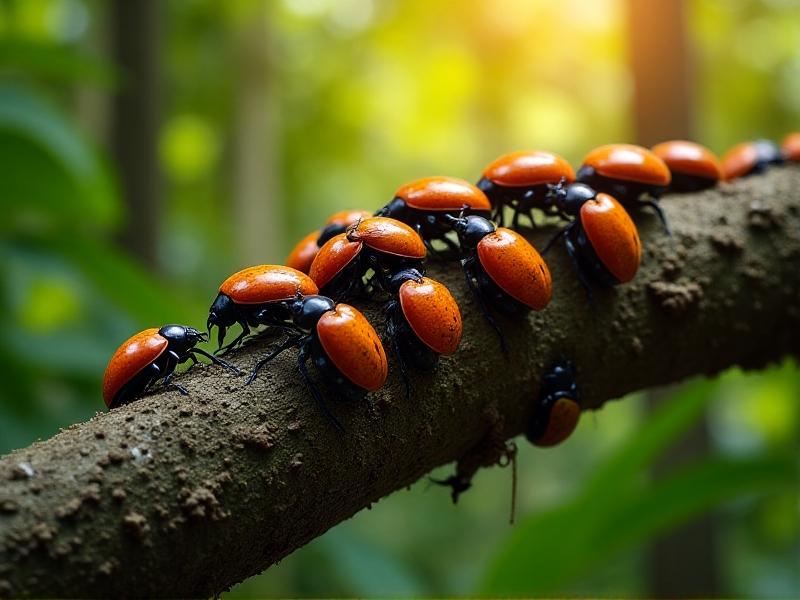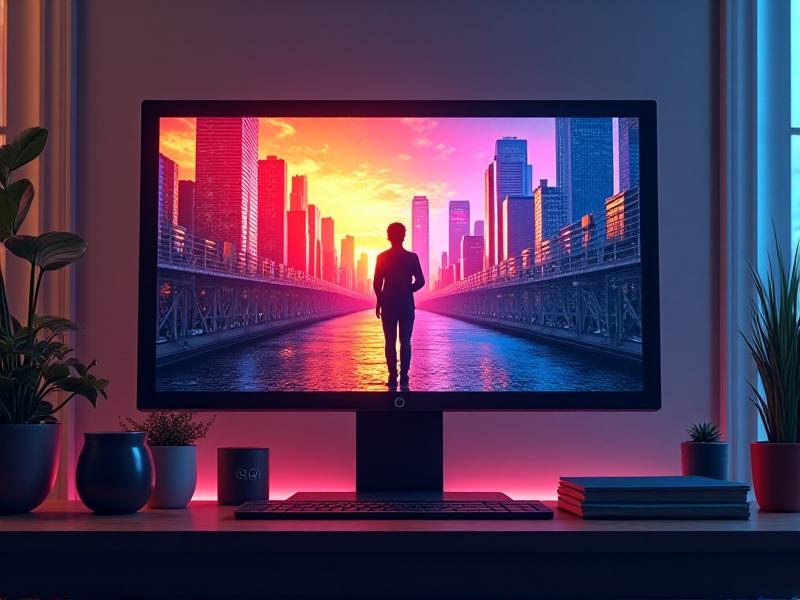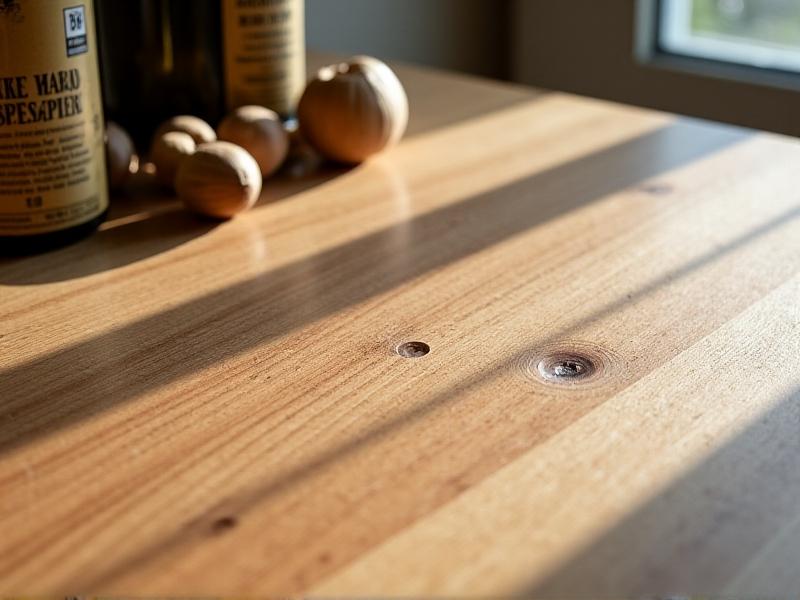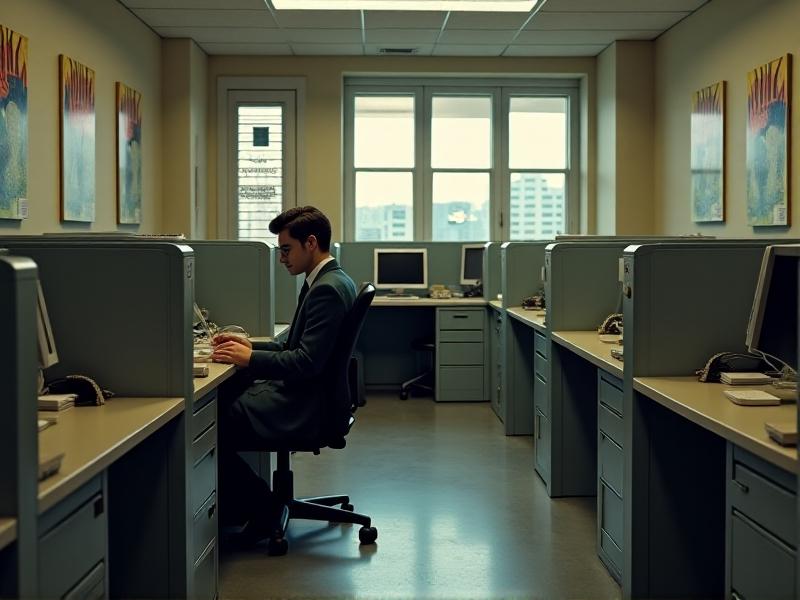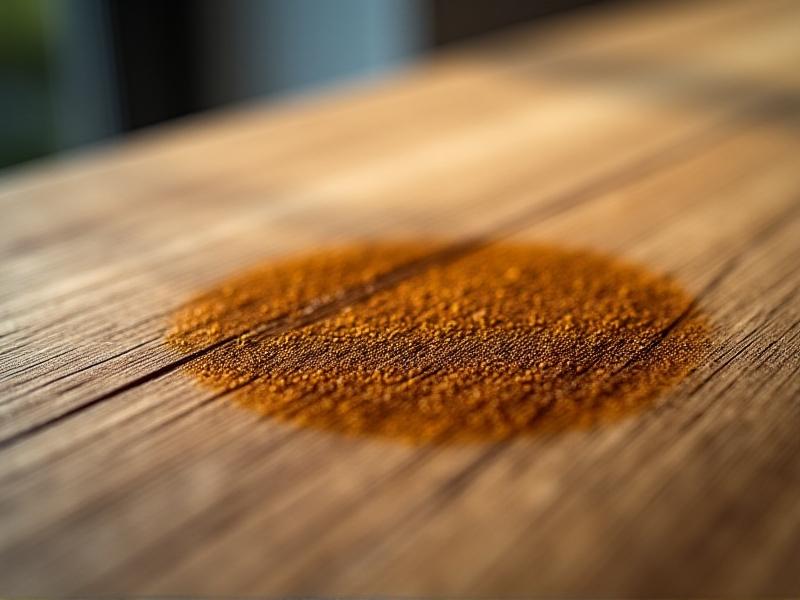Mushroom Leather Applications: Vegan Alternatives for Accents
Introduction to Mushroom Leather: A Sustainable Revolution
Mushroom leather, also known as mycelium leather, is emerging as a groundbreaking material in the quest for sustainable alternatives to animal and synthetic products. Derived from the root structure of mushrooms—the mycelium—this biodegradable fabric replicates the texture and durability of traditional leather without the environmental toll. As veganism and eco-conscious consumerism rise, mushroom leather offers a cruelty-free solution for accent pieces in fashion, furniture, and automotive design. Its low carbon footprint, minimal water usage, and compostable nature position it as a frontrunner in the sustainable materials revolution.
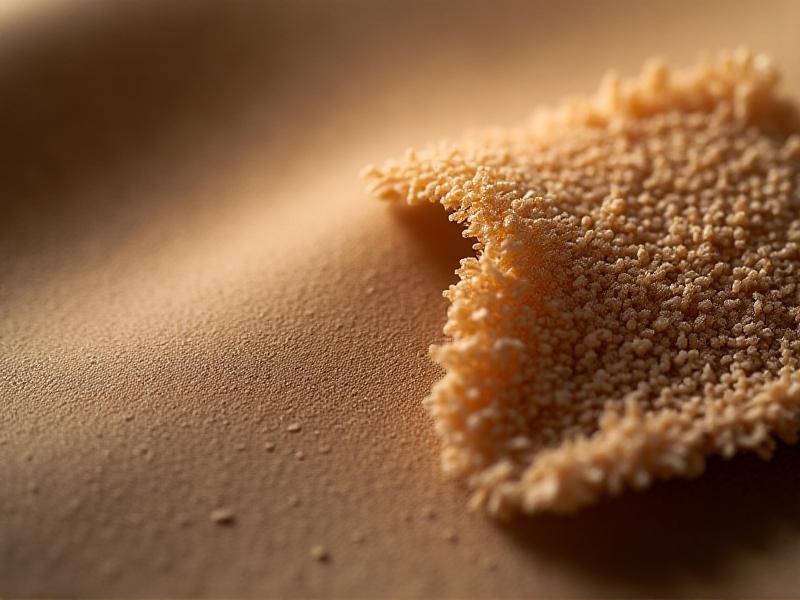
The Science Behind Mushroom Leather: From Mycelium to Material
Creating mushroom leather begins with cultivating mycelium cells on agricultural waste, such as sawdust or corn husks, in controlled environments. Over days, the mycelium forms a dense, interwoven mat, which is then harvested, dried, and processed using natural binders to enhance flexibility and strength. Companies like MycoWorks and Bolt Threads have pioneered techniques to fine-tune thickness and texture, yielding a material that rivals animal leather in durability. Unlike traditional tanning, which relies on toxic chemicals, mycelium processing uses eco-friendly methods, reducing pollution and energy consumption by up to 90% compared to conventional leather production.
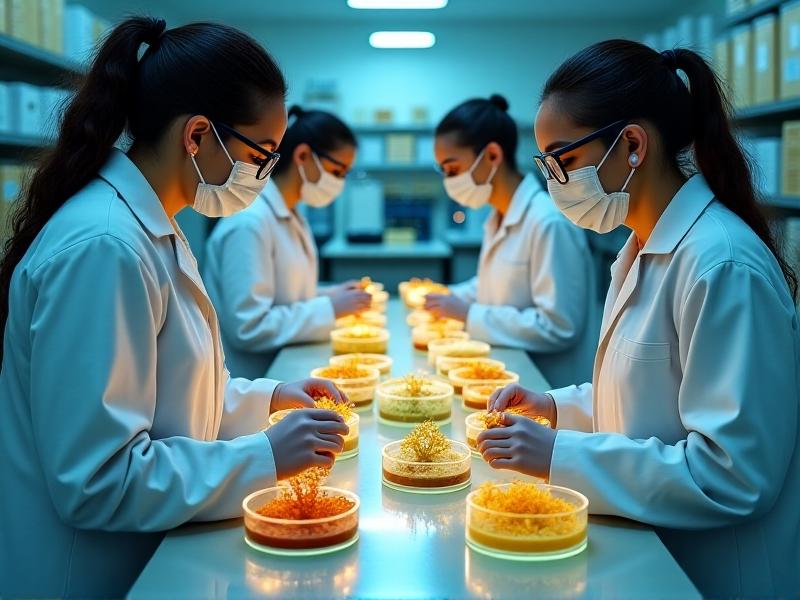
Mushroom Leather in Fashion: Elevating Vegan Accessories
Fashion designers are embracing mushroom leather for accent details like handbag straps, shoe trims, and embossed logos. Brands such as Stella McCartney and Hermès have debuted limited-edition pieces featuring mycelium-based accents, merging luxury with sustainability. The material’s adaptability allows for embossing, dyeing, and laser-cutting, enabling intricate patterns that align with high-fashion aesthetics. For instance, a recent collaboration between Adidas and Bolt Threads produced sneaker highlights made from mushroom leather, appealing to eco-minded athletes. These applications prove that ethical fashion need not compromise on style or quality.
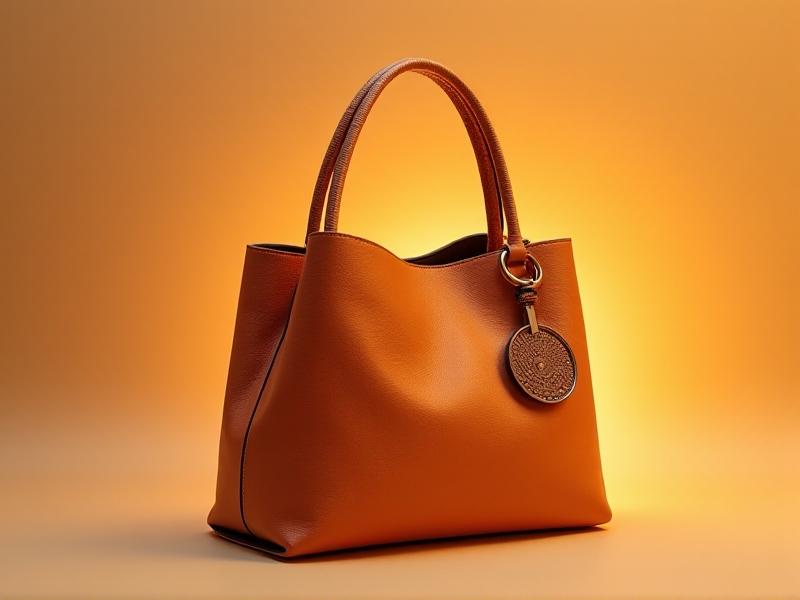
Interior Design and Furniture: Eco-Friendly Accent Elements
In interior design, mushroom leather is revolutionizing accent furniture and decor. Design studios are incorporating it into throw pillows, lamp bases, and cabinet inlays to add organic warmth to modern spaces. For example, Dutch studio Nina Edwards created a line of chairs featuring mycelium-derived upholstery panels, celebrated for their soft yet resilient finish. Additionally, wall coverings with mushroom leather patches introduce tactile interest to minimalist interiors. These applications highlight how sustainable materials can elevate design while aligning with circular economy principles.
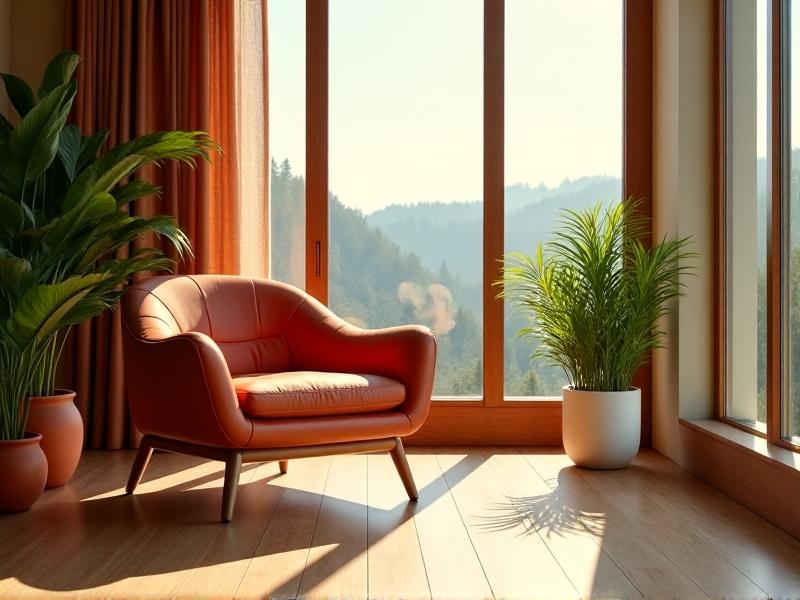
Automotive Innovation: Mushroom Leather in Vehicle Interiors
Automakers like BMW and Tesla are experimenting with mushroom leather for dashboard trims, steering wheel covers, and door panel accents. These elements require materials that withstand UV exposure and wear, which mycelium-based leather achieves through advanced processing. In 2023, BMW’s iVision concept car featured mushroom leather accents, praised for their luxurious feel and carbon-neutral production. This shift not only reduces reliance on petroleum-based synthetics but also caters to consumers demanding greener, ethically crafted interiors without sacrificing sophistication.
Challenges and Considerations: Balancing Sustainability and Scalability
Despite its promise, mushroom leather faces hurdles in scaling production to meet industrial demand. Current methods are labor-intensive and costly, with prices per square foot exceeding traditional leather. Additionally, consumer education is needed to overcome perceptions of inferior quality. However, startups like Ecovative are investing in automation to lower costs, while certifications like USDA BioPreferred aim to build trust. Collaborations between researchers and industries could address durability concerns, ensuring mycelium-based accents endure daily use across climates.
The Future of Mushroom Leather: Trends and Emerging Applications
Innovators are exploring novel uses for mushroom leather, from wearable tech bands to architectural wall tiles. Advances in 3D mycelium printing could enable customizable textures for bespoke accents, while biofabrication may integrate self-healing properties. As circular economies gain traction, mushroom leather’s compostability could redefine end-of-life product cycles. With projected market growth to $6.3 billion by 2030, this material is poised to transcend niches, transforming how industries approach sustainability—one accent at a time.
